On one side is Dolphin, on the other side is Firefly, which is like the iPhone camera, which one should I choose?
 JamesNov 26, 2025, 11:07 AM
JamesNov 26, 2025, 11:07 AM
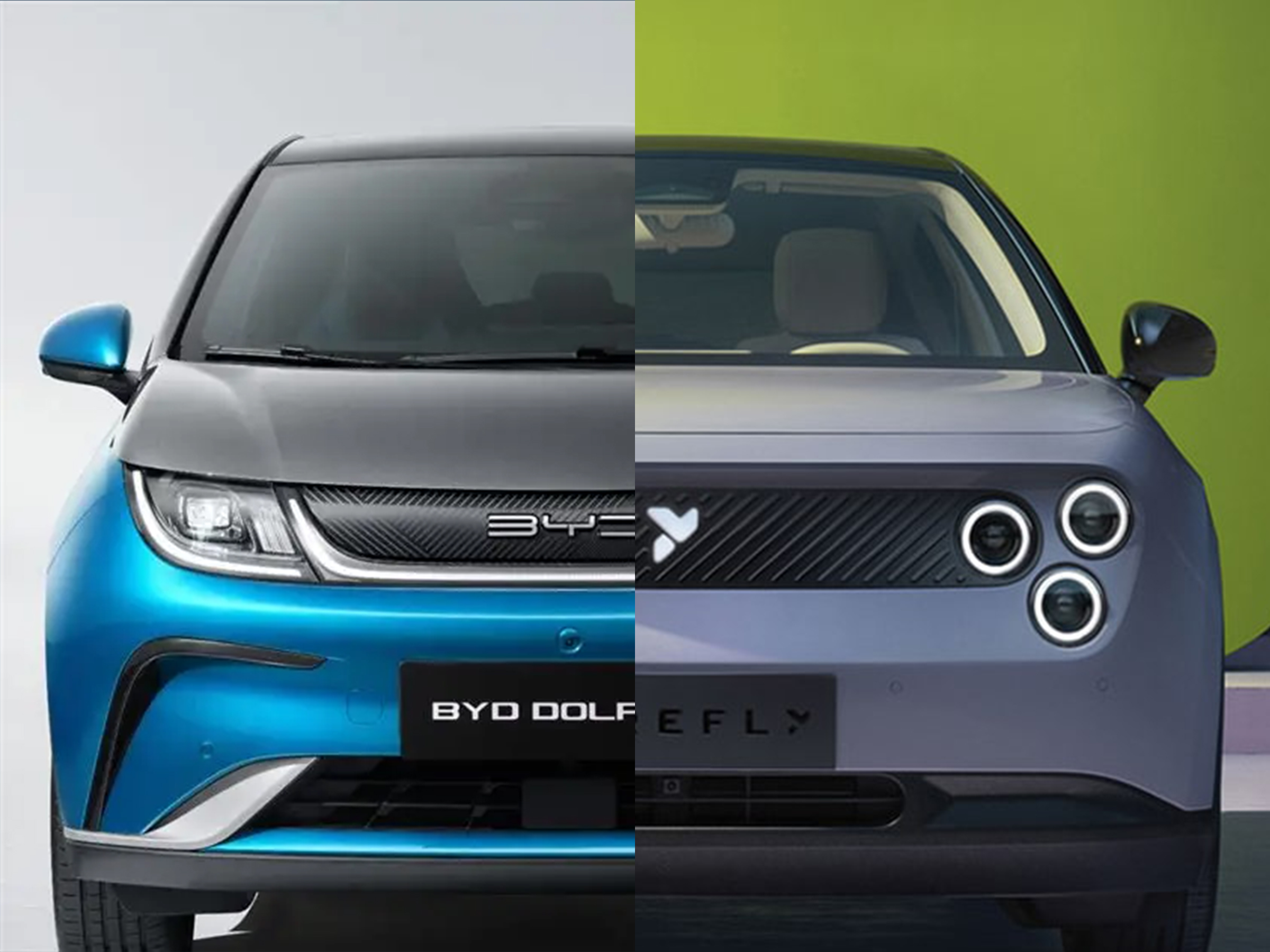
[PCauto] In the hatchback car market, BYD's Dolphin continues to capitalize on its pricing edge, making it a popular model in the electric hatchback segment. Since its launch, its cumulative sales have reached 700,000 units. In China, the Dolphin has also significantly boosted the penetration rate of A0-class electric vehicles. It is no exaggeration to call it a true pioneer in the electric hatchback category.
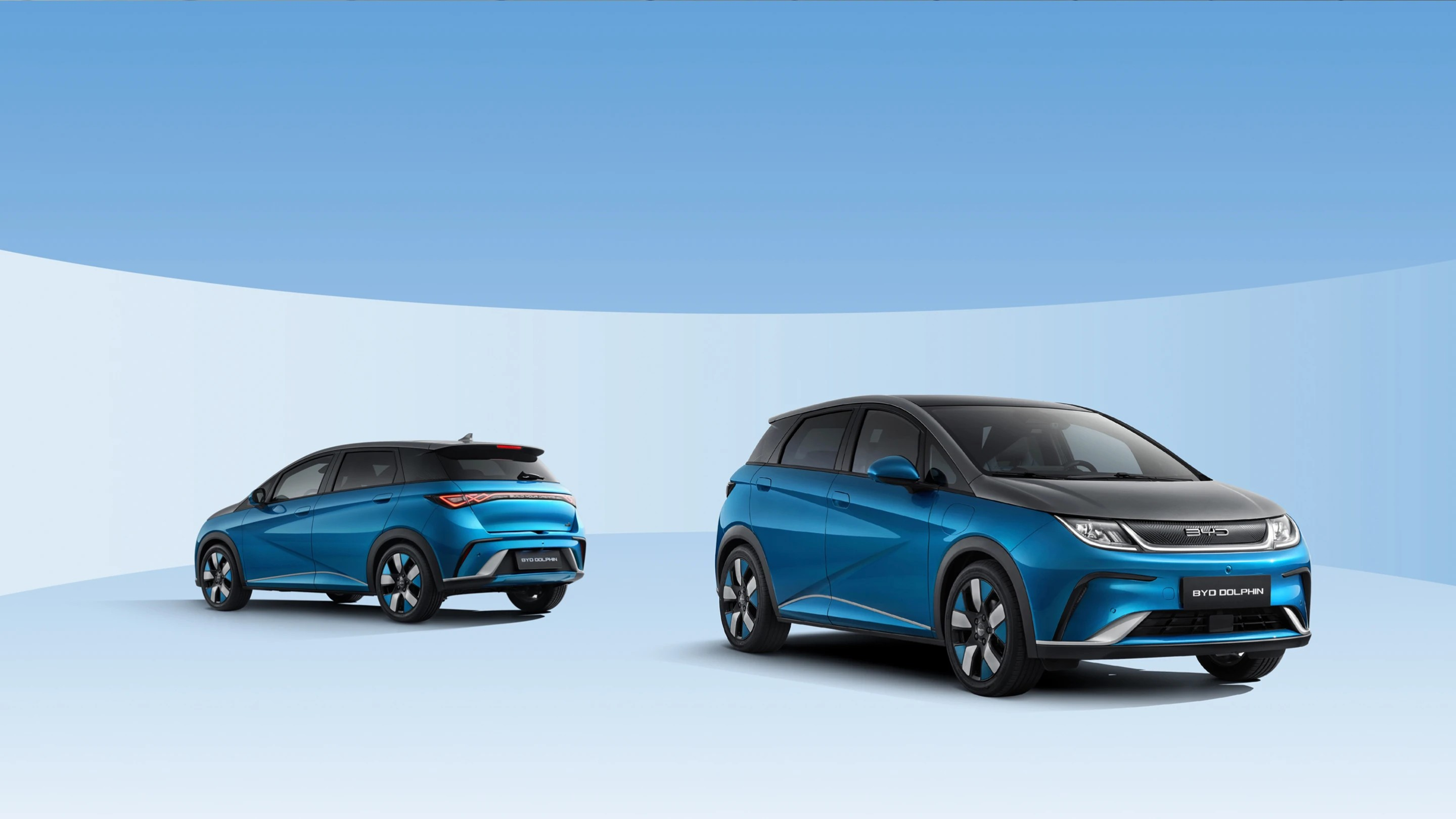
However, China's high-end electric vehicle brand Nio has also entered this segment to compete with BYD, with its Firefly model attracting significant attention. The NIO Firefly is positioned very differently from the Dolphin, embarking on a distinct path of refinement and incorporating core technologies from NIO. Particularly striking is Firefly's headlight design, which resembles an iPhone camera and subtly hints at the model's target demographic.

What are the differences between the Dolphin and the Firefly?
The Dolphin offers ample space, consistent range performance, and hassle-free charging, making it a small family car well-suited for a variety of uses, from daily commuting and grocery runs to intercity travel.
The Firefly incorporates rear-wheel drive, a refined design, an engaging interactive experience, and a host of advanced smart technologies into a 4-meter-class small car. Its goal is clear: to offer young consumers a taste of the "NIO-style premium feel" at a more accessible entry point, making sophistication attainable.
BYD Dolphin is a practical electric hatchback
BYD Dolphin's design philosophy is very pragmatic, aiming to handle various usage scenarios right from the start. Built on the e-platform 3.0 and refined through feedback from hundreds of thousands of global owners, it is a car designed for the masses, not a niche.
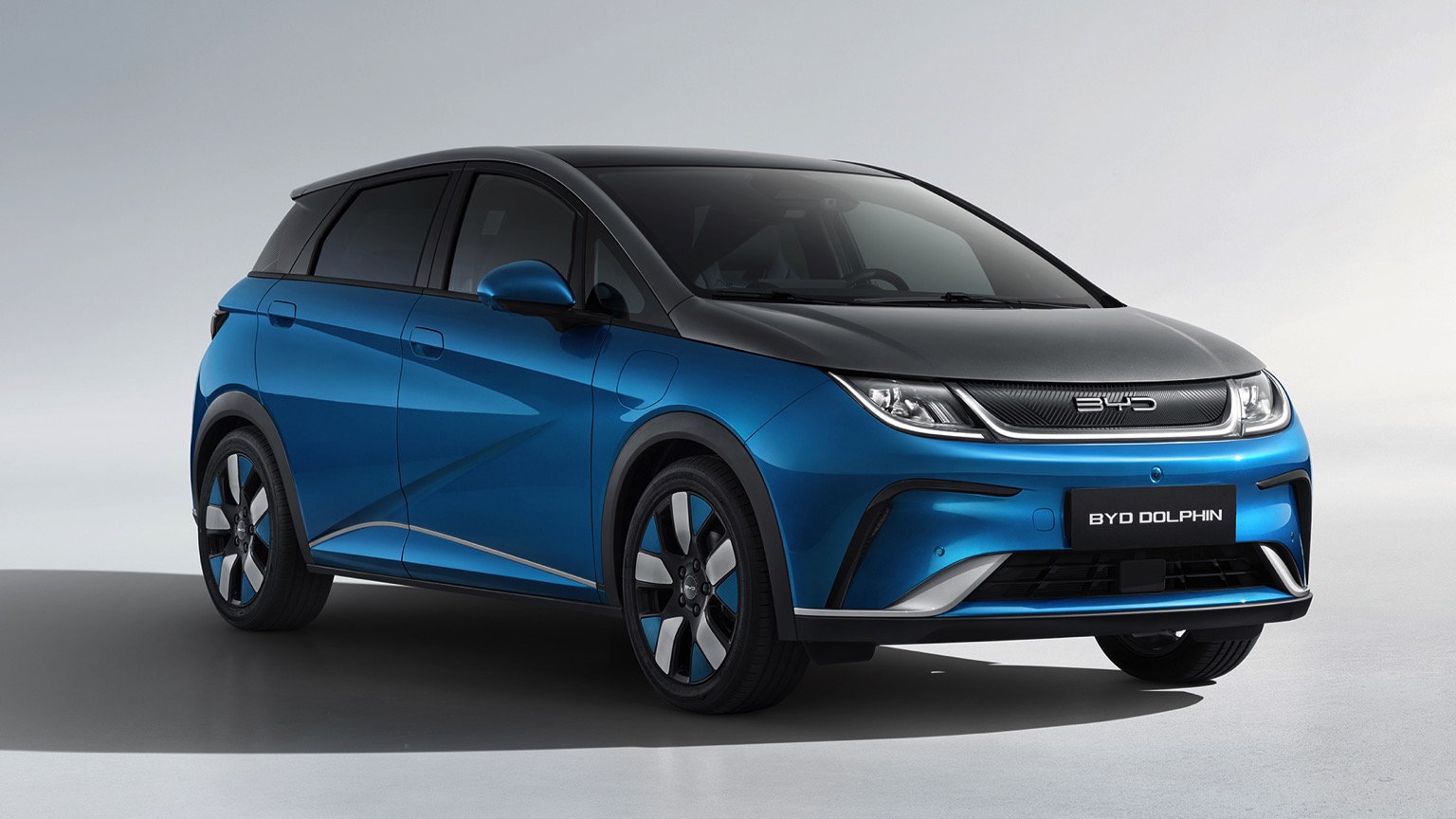
It is engineered to prove that even an A0-class vehicle can serve as a fully capable family car. It must have sufficient space, reliable range, flexibility in charging locations, and low maintenance costs. It should be usable for daily commutes, weekend trips, and even manage occasional long-distance travel.
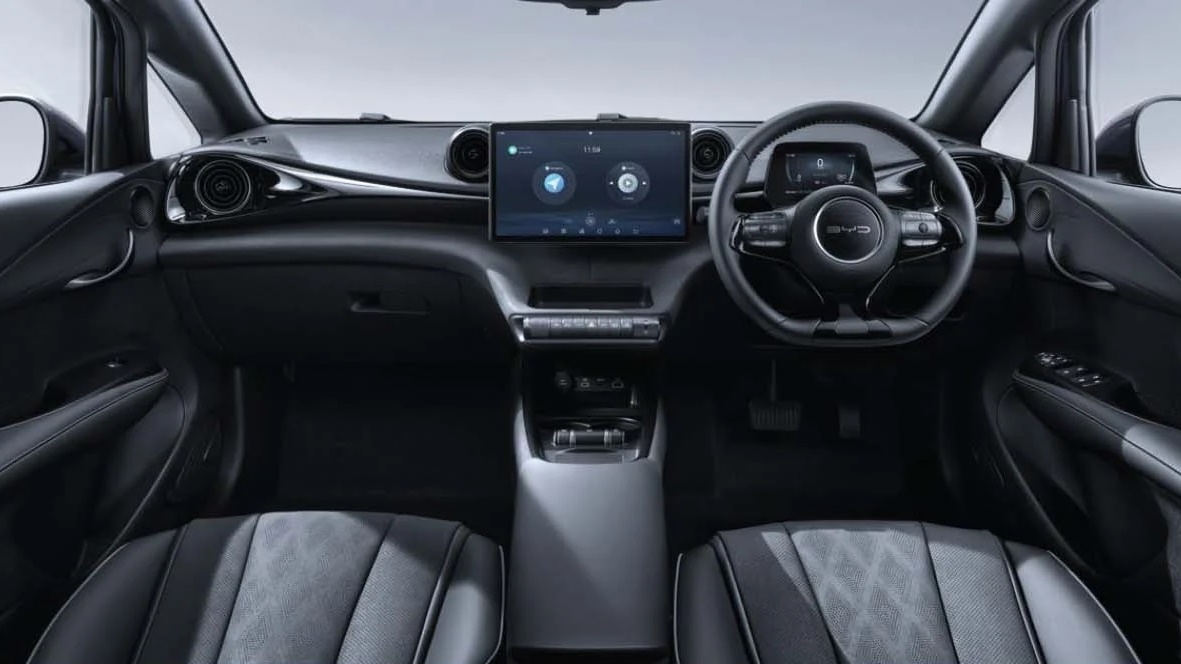

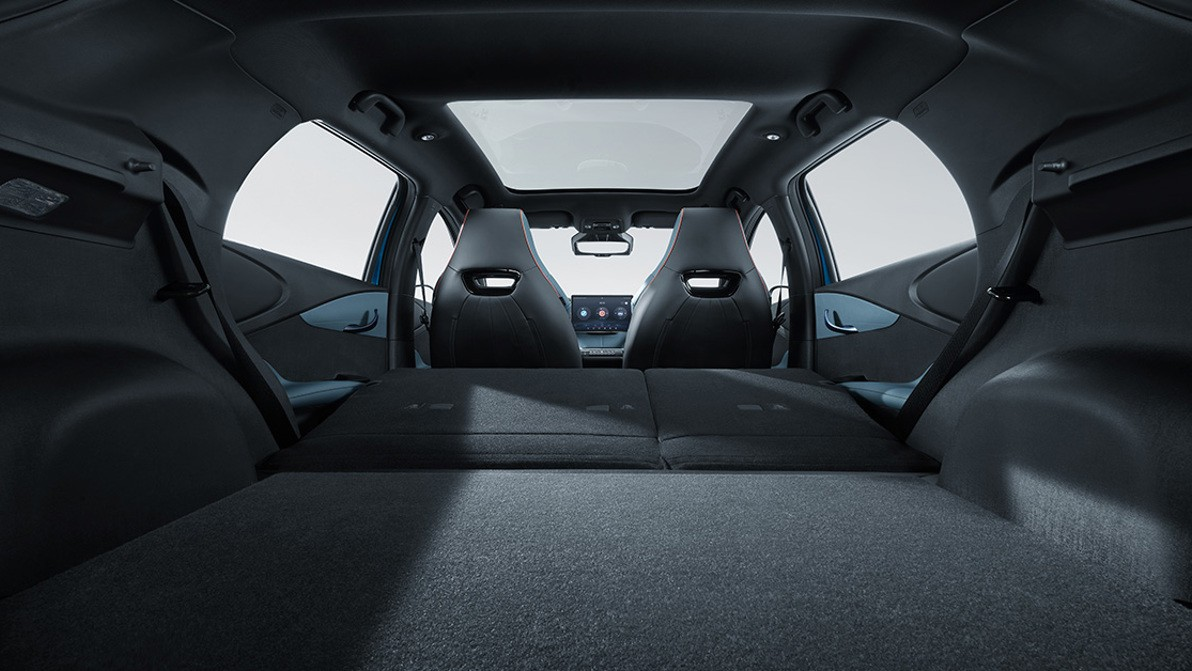
Looking at its performance in the global market, it’s clear that this approach is the right one. Dolphin avoids flashy gimmicks and focuses on being reliable and versatile in every situation.
NIO Firefly takes the refinement route
NIO Firefly takes a different path. This model is not primarily targeted at achieving high sales volume; rather, it seems to be NIO's experiment in technology diffusion, integrating the brand's premium features into a compact 4-meter-class vehicle.
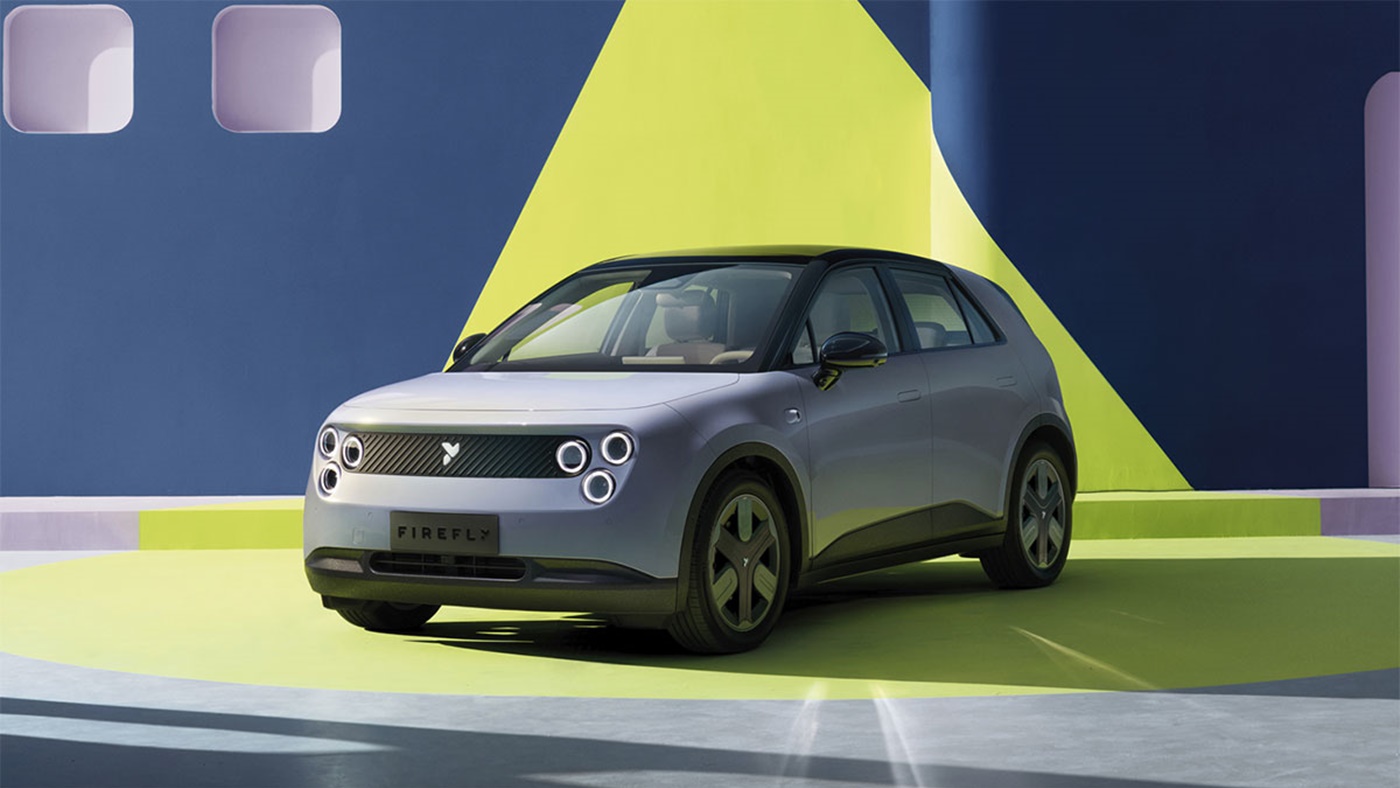
So, you can see it retains the rear-wheel-drive layout, sticks to a 50:50 weight distribution, and uses high-strength steel-aluminum hybrid materials for the body. There’s no compromise on the 8155 chip, the voice interaction system is fully included, and the safety standards remain intact. In short, it aims to distill NIO's premium essence into a more compact form and accessible price point.
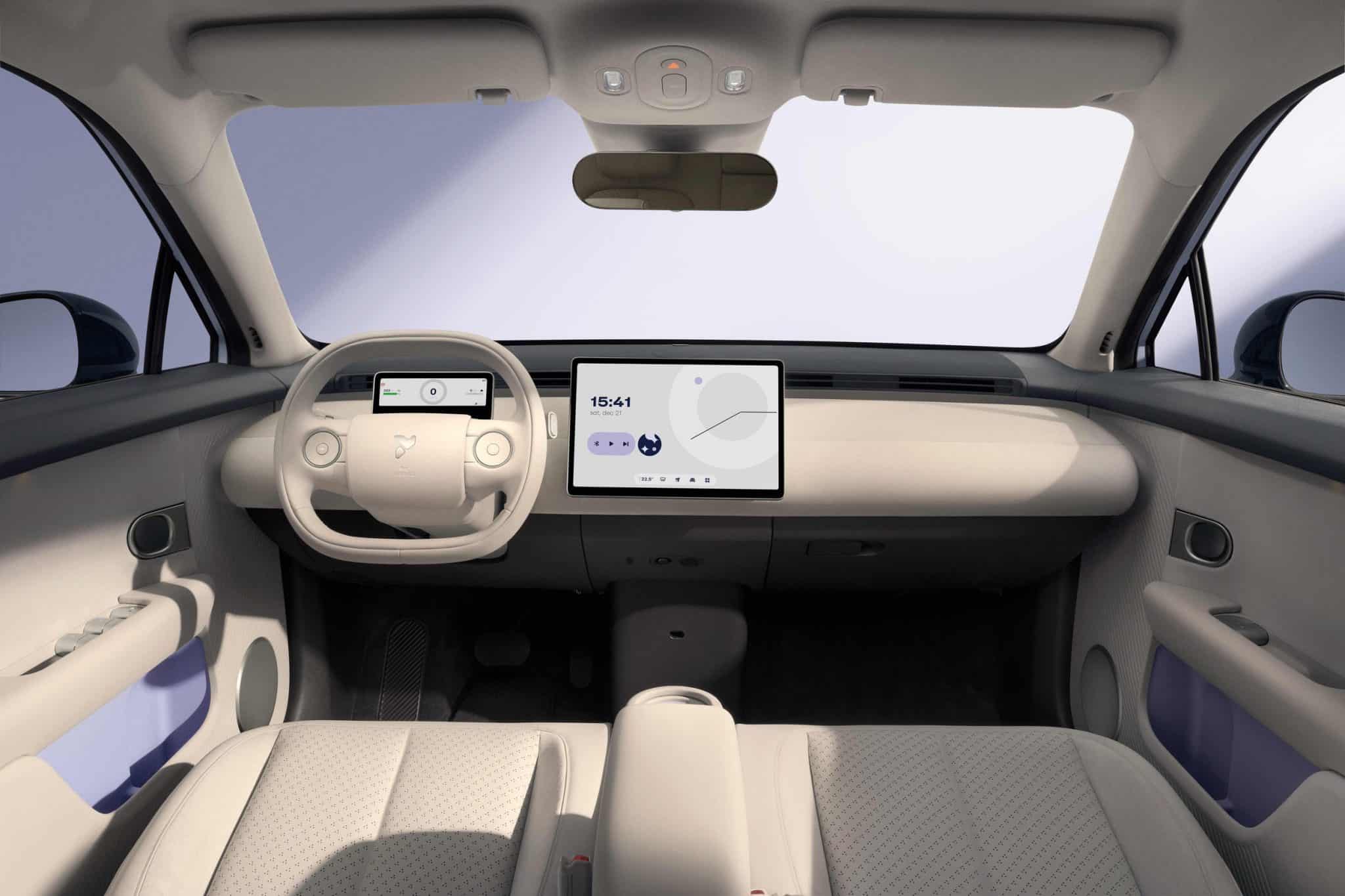
This design philosophy naturally lends the Firefly a refined vibe. It’s especially agile to drive, and the interior quality is a cut above other cars in the same class. It’s totally different from the Dolphin, which leans more toward versatility and practicality.
How does the Dolphin compare to the Firefly in terms of driving experience?
If exterior and interior differences are a matter of aesthetic preference, then power and handling reveal the core philosophical divide between the two cars.
Even though they are both 4-meter-class small cars, the moment you press the accelerator or turn the steering wheel, you’ll immediately feel the distinct differences between Dolphin and Firefly.
BYD Dolphin leans toward stability and ease of control
The BYD Dolphin's powertrain has always been calibrated with an emphasis on ease of control.

The motor output is well-balanced, the tuning is smooth, and it provides the driver with consistent and predictable feedback during low-speed crawling, city start-stop, and stop-and-go traffic.
Its power delivery is neither frantic nor excessively aggressive. The suspension structure is primarily focused on comfort, with sufficient resilience, but it does not deliberately pursue extreme support. The steering is light, with a slight dead zone typical of a user-friendly family car.
Consequently, the Dolphin proves exceptionally approachable for beginners, family users, and commuters, effectively lowering the barrier to driving.
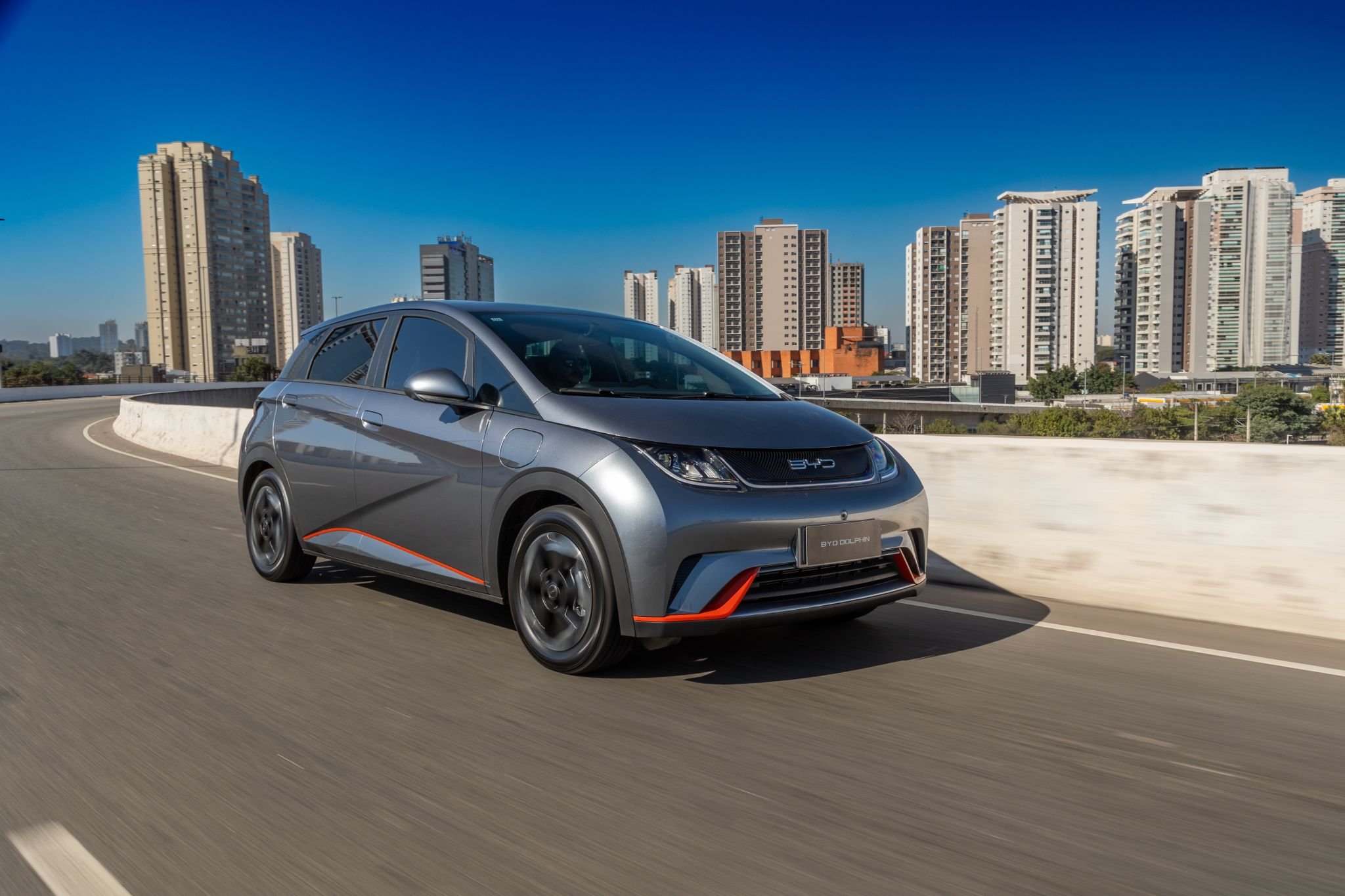
The NIO Firefly's driving demeanor is more reminiscent of a premium vehicle. It retains the rear-wheel-drive layout, with a more balanced vehicle weight distribution, and its motor tuning delivers a more immediate initial response, imparting a sense of nimbleness from a standstill.
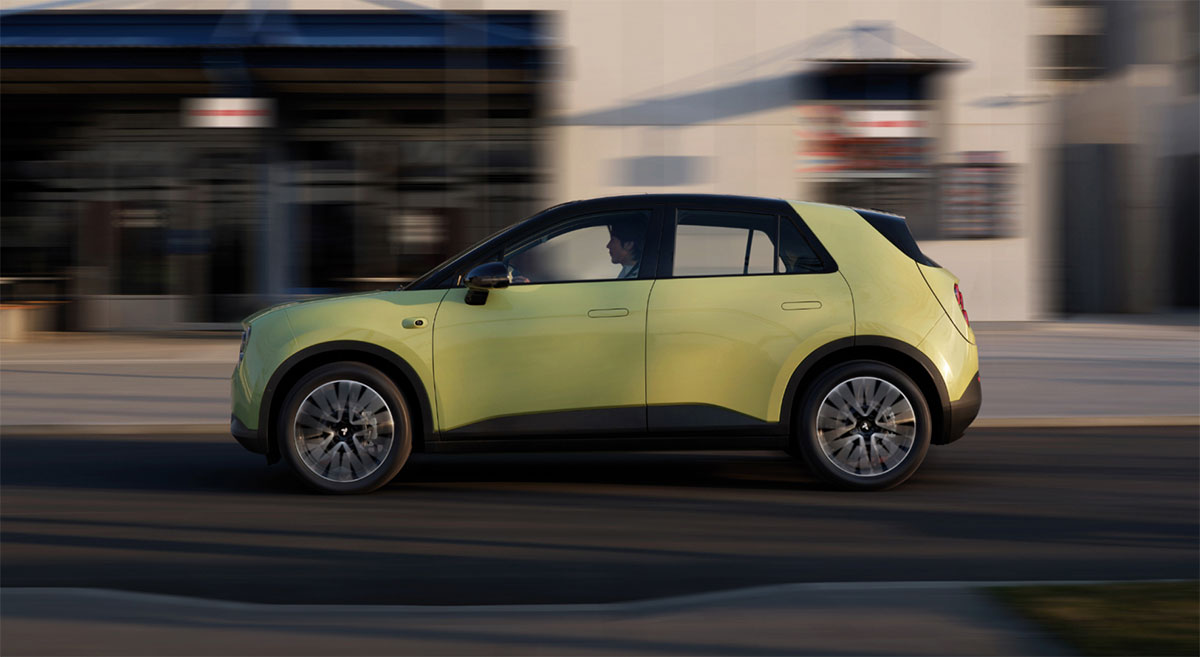
The steering feels more precise and substantial than the Dolphin's, communicating subtle road feedback, making Firefly feel more communicative in cornering and high-speed lane changes.
The chassis is more solid, and while the suspension front end maintains comfort, the mid-to-rear section offers firm support, keeping the car stable during quick turns.
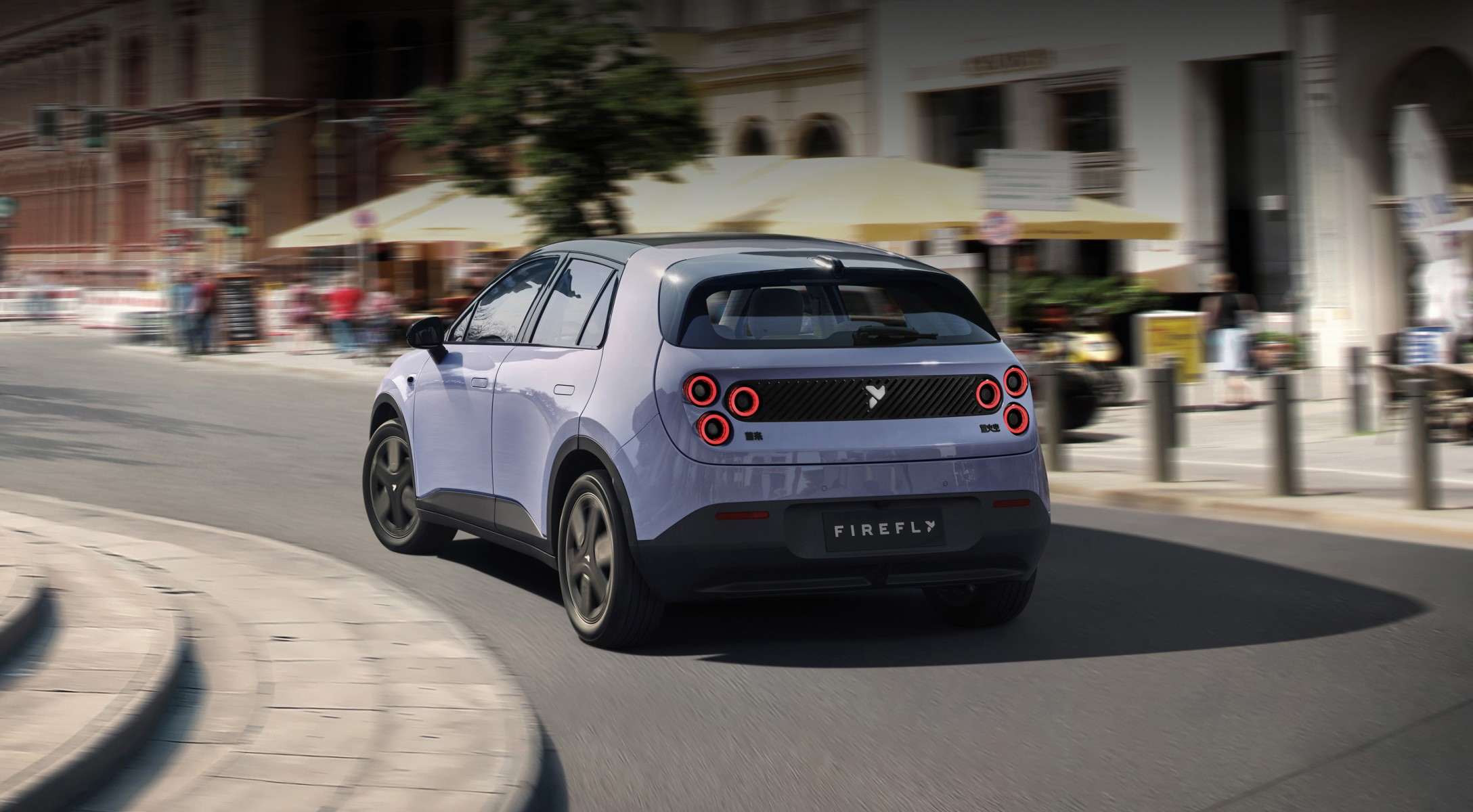
These features are clearly not geared solely towards ease of use but are designed to deliver a premium, engaging driving sensation in a small car.
As a result, the driving experiences of the two cars differ fundamentally: Dolphin is the kind of car that requires no thought while driving, whereas Firefly is the type that makes you want to drive more the longer you use it. Neither is better or worse, it’s just a matter of different positioning.
Which is more suitable for real travel scenarios: Dolphin or Firefly?
For an electric vehicle, range isn't just about the highest numbers; the key is reliable performance in everyday life. BYD Dolphin delivers solid performance in terms of range; it’s not the longest-lasting, but it’s particularly reliable. Thanks to its mature battery management and intelligent energy recovery systems, it largely achieves a 1:1 range-to-distance ratio in urban driving. Even on the highway or with the air conditioning on, the charge doesn’t drop suddenly. This stability is what a family car should have.
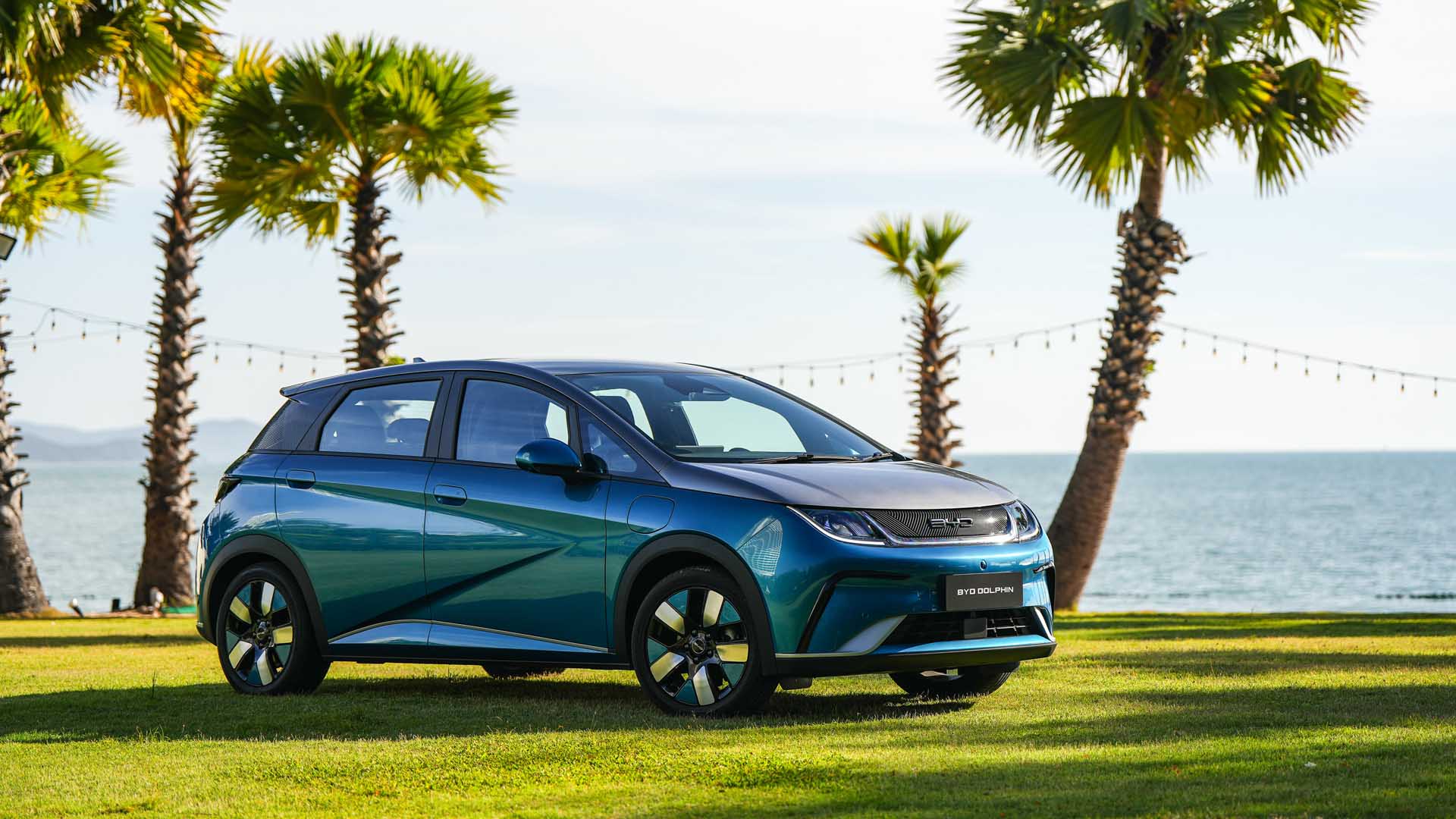
NIO Firefly operates on a different concept. Its dashboard provides more detailed energy consumption data, allowing you to clearly understand what the car is doing. In tests, this car performs particularly steadily in mixed urban and highway conditions, giving you a sense that everything is under control.

When it comes to charging, Dolphin’s advantage becomes apparent. Its Blade Battery offers broad compatibility, functioning reliably even with older public charging infrastructure. While its fast-charging speed isn't the quickest, it's stable and maintains a consistent rate without unexpected drops. For people who often charge their cars outside, this kind of reliability is crucial.

The Firefly's charging process is more sophisticated. The charging curve is well-optimized, with a fast start and stable middle phase. It doesn’t take long to charge even in low-temperature conditions. Although it doesn’t support battery swapping, it still maintains the premium feel of NIO.
Which is safer, Dolphin or Firefly?
When evaluating safety, the assessment should extend beyond mere specifications like airbag count or steel thickness. BYD Dolphin's safety philosophy is straightforward: to provide a sense of security in various situations.
It comes standard with six airbags, and the body rigidity has been repeatedly tested and optimized. Combined with the non-combustible characteristic of the Blade Battery during punctures, it effectively minimizes collision risks.
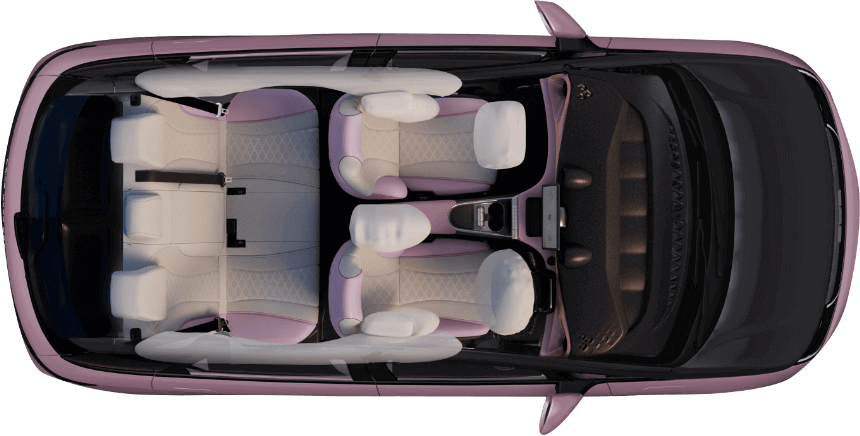
The active safety system doesn’t include any flashy features and instead focuses on the most practical protections for everyday use, such as lane keeping, automatic braking, and full-speed cruise control.

Firefly’s safety approach leans more towards technological sophistication, with a body made of steel-aluminum hybrid materials, where high-strength components account for over 80%, and all models come standard with nine airbags.

The key point is that Firefly directly adopts the intelligent safety system from NIO’s medium and large cars, including features such as collision warning, emergency braking, and active lane change assistance.
This system monitors the surrounding environment in real time, uses algorithms to predict potential risks, and ensures a high level of safety even in complex driving scenarios.
Unlike the Dolphin, the Firefly integrates safety into the overall experience, making you feel that the car is exceptionally intelligent and prioritizes occupant well-being.
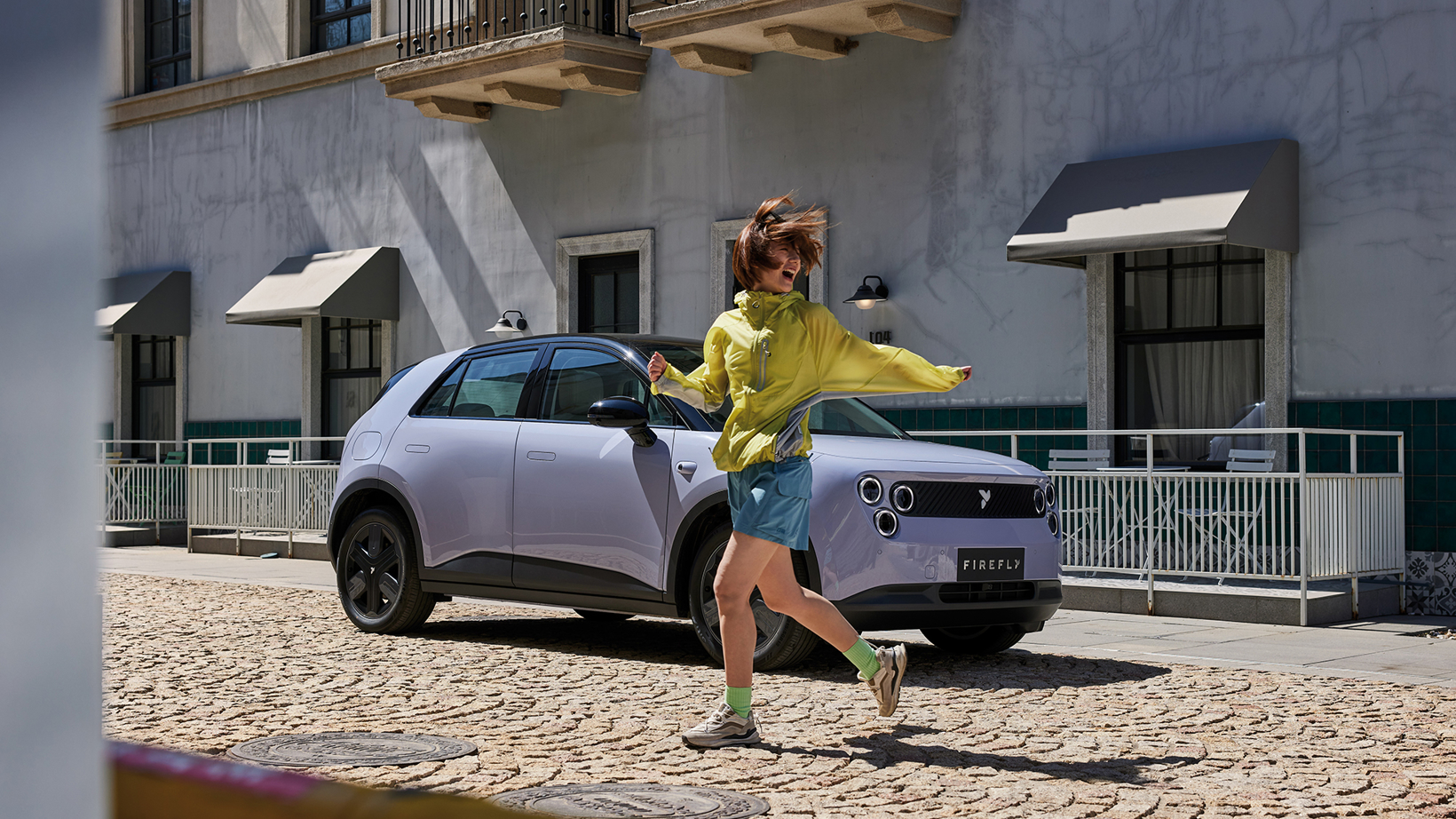
Active Safety Configuration Comparison
Smart driving is not just a safety issue but also determines your interaction experience with the car.
Dolphin is equipped with the DiPilot 3.0 system, with features like full-speed cruise and automatic lane change, which are sufficient for daily commuting and traffic jams.
The vehicle's system adopts a practical approach, including features like real-time tire pressure monitoring and NFC smartphone unlocking. Its core objective can be summed up in two words: peace of mind.
Its smart experience aims for stability and reliability, avoiding complex features that could trouble owners.
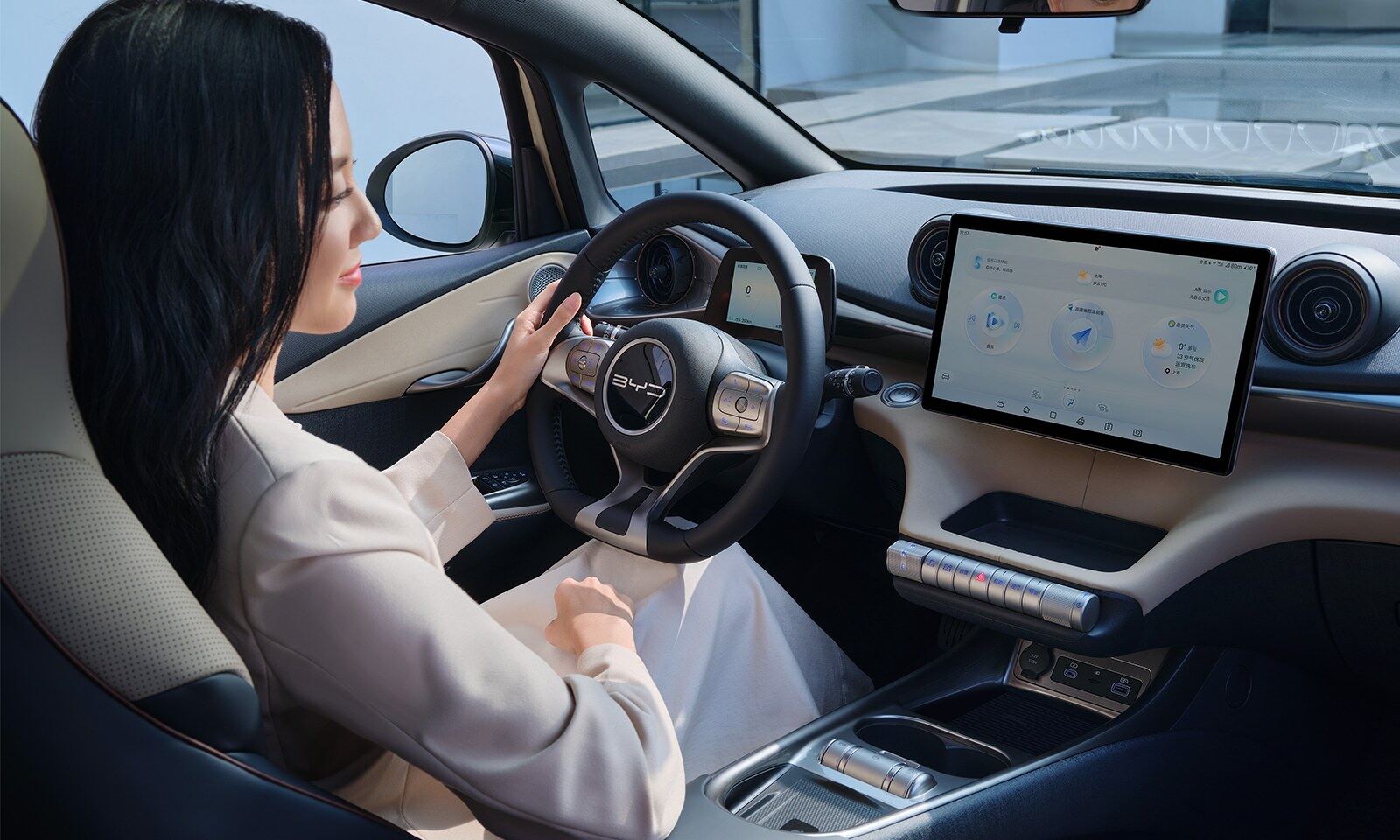
Firefly, in contrast, leverages intelligence as a core brand characteristic. Equipped with the Horizon Journey 5 chip, with computing power of up to 128 TOPS, it supports NOP navigation and all-scenario automatic parking, making driving almost effortless.
Firefly's intelligent system not only ensures safety but also aims to incorporate a high-end experience into a small car, allowing you to feel its refinement every time you operate it.

How are Dolphin and Firefly perceived in the market?
User Reviews for Dolphin: A Reliable Choice
Having been on the market for a considerable time, the Dolphin has consistently maintained strong sales. What owners mention most often is "this car drives very steadily." Whether it's for daily commuting or occasional long trips, it performs very reliably.
The rear space is spacious enough, and the storage design is practical, making it particularly suitable for family use. When driving on highways, the solid chassis gives a strong sense of confidence.
Even in winter or on poor road conditions, the blade battery combined with a mature thermal management system ensures that the range doesn't disappoint.
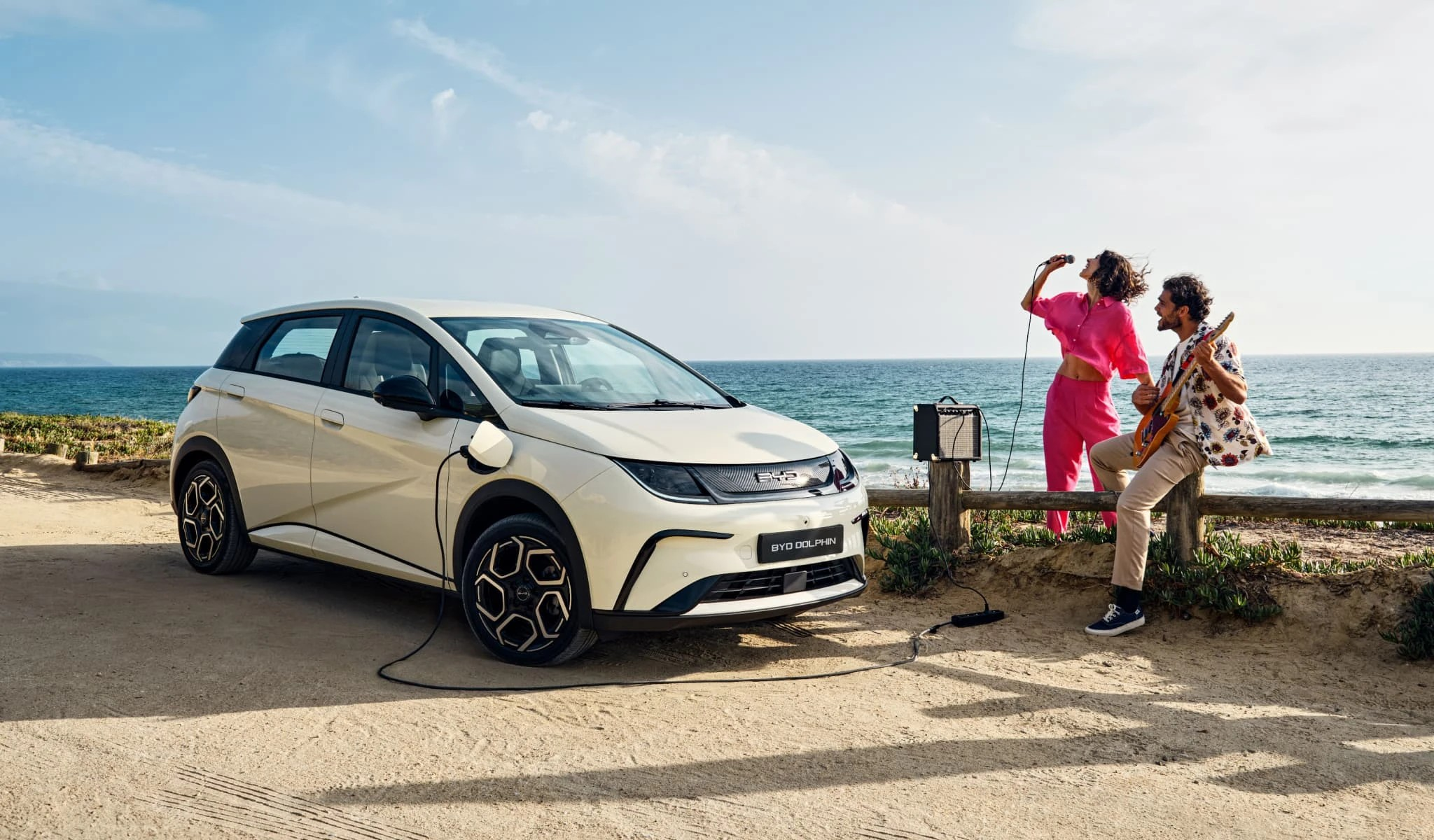
Of course, owners also pointed out some minor drawbacks, such as noticeable wind noise at high speeds. However, most owners acknowledge that at this price point, achieving such spatial practicality inevitably involves certain trade-offs.
User Reviews for Firefly: A Small Car with a Touch of Sophistication
Feedback about Firefly presents a completely different perspective. Young owners particularly love its rear-wheel drive controls, lightweight body, small turning radius, exquisite interior craftsmanship, and cool smart system. Many were surprised a small car could feel so refined.
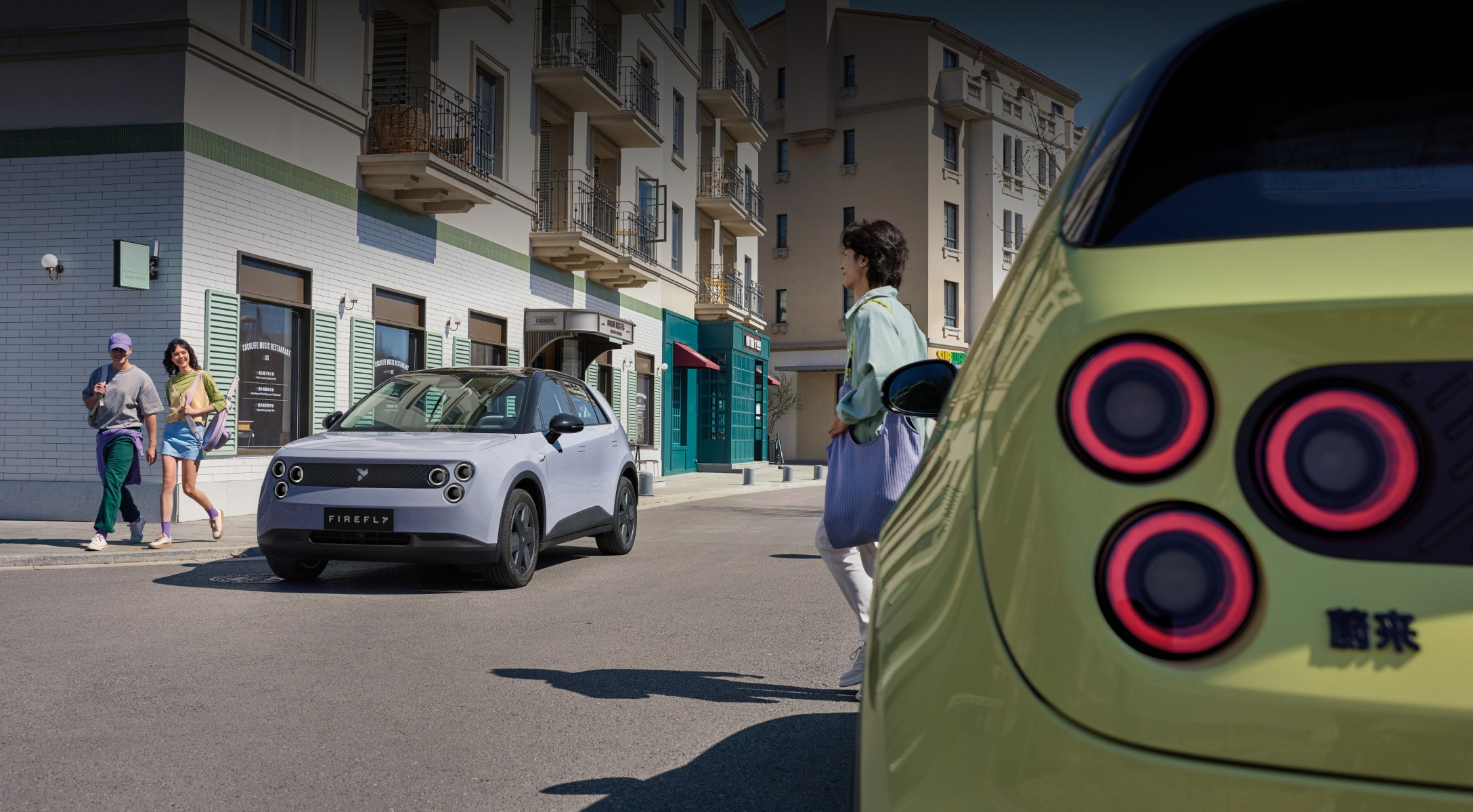
However, there are some practical issues as well. The current battery swap station network is still under development, so access remains somewhat inconvenient. Nonetheless, most owners are confident that this issue will diminish as NIO continues to expand its battery swap network.
Overall, Firefly has successfully delivered on the brand's promise of blending sophistication with technology, making it particularly appealing to young individuals seeking a distinct identity.
If any infringement occurs, please contact us for deletion
Trending News

BYD Sealion 7 is not only cheaper than Tesla Model Y, what other differences do they have?
Is it better to buy the BYD Sealion 7 or the Tesla Model Y? This really makes one a bit hesitant, but before you make a decision, I recommend you take a good look at this article.

Toyota Land Cruiser FJ did not disappoint, the most anticipated civilian off-road vehicle is back.
Since its birth in 1951 under the name Toyota BJ, the Land Cruiser series has accumulated sales of approximately 12.15 million units in over 190 countries and regions worldwide, becoming a global off-road icon spanning more than 70 years.

2026 Toyota Hilux Travo released, the brand-new exterior and interior are highly anticipated
If you're considering buying a Hilux, honestly, the comprehensive innovations in the ninth generation are worth waiting for. While the current model might still have some advantages in terms of reliability and price, the new model offers significant changes in terms of exterior and interior luxury, tech features, and powertrain options.

Toyota Corolla Cross mid-term facelift in China, featuring a new front face and interior design
Toyota released the mid-cycle facelift of the Toyota Corolla Cross in China. In China, this vehicle produced by GAC Toyota is called Frontlander, and it is the same model as the Toyota Corolla Cross produced by FAW Toyota.

In Malaysia, which sliding door MPVs are available?
The numerous advantages of sliding door MPVs make many people fond of this type of vehicle. However, MPVs are not a mainstream choice in the car market, so many people might not know which MPVs are available domestically.
Popular Cars
Car Compare

